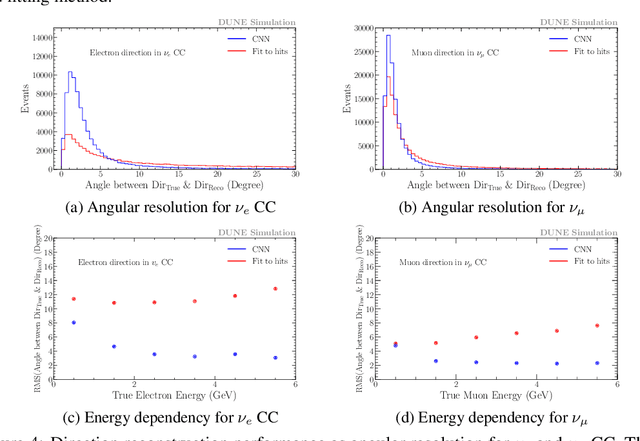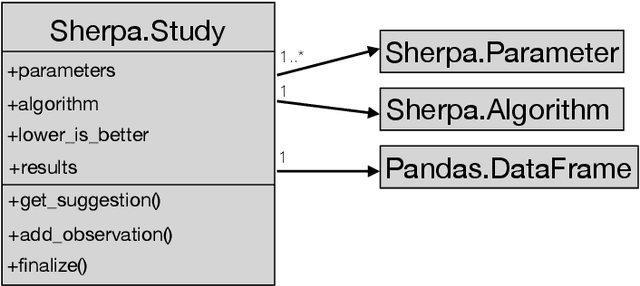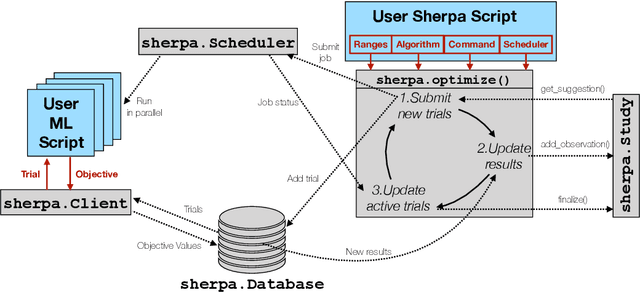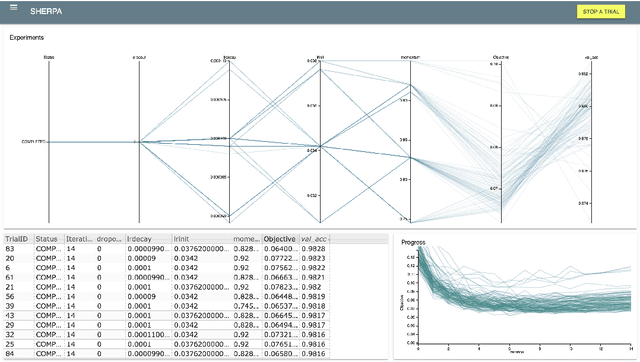Julian Collado
Keep on Swimming: Real Attackers Only Need Partial Knowledge of a Multi-Model System
Oct 30, 2024Abstract:Recent approaches in machine learning often solve a task using a composition of multiple models or agentic architectures. When targeting a composed system with adversarial attacks, it might not be computationally or informationally feasible to train an end-to-end proxy model or a proxy model for every component of the system. We introduce a method to craft an adversarial attack against the overall multi-model system when we only have a proxy model for the final black-box model, and when the transformation applied by the initial models can make the adversarial perturbations ineffective. Current methods handle this by applying many copies of the first model/transformation to an input and then re-use a standard adversarial attack by averaging gradients, or learning a proxy model for both stages. To our knowledge, this is the first attack specifically designed for this threat model and our method has a substantially higher attack success rate (80% vs 25%) and contains 9.4% smaller perturbations (MSE) compared to prior state-of-the-art methods. Our experiments focus on a supervised image pipeline, but we are confident the attack will generalize to other multi-model settings [e.g. a mix of open/closed source foundation models], or agentic systems
Deep-Learning-Based Kinematic Reconstruction for DUNE
Dec 14, 2020



Abstract:In the framework of three-active-neutrino mixing, the charge parity phase, the neutrino mass ordering, and the octant of $\theta_{23}$ remain unknown. The Deep Underground Neutrino Experiment (DUNE) is a next-generation long-baseline neutrino oscillation experiment, which aims to address these questions by measuring the oscillation patterns of $\nu_\mu/\nu_e$ and $\bar\nu_\mu/\bar\nu_e$ over a range of energies spanning the first and second oscillation maxima. DUNE far detector modules are based on liquid argon TPC (LArTPC) technology. A LArTPC offers excellent spatial resolution, high neutrino detection efficiency, and superb background rejection, while reconstruction in LArTPC is challenging. Deep learning methods, in particular, Convolutional Neural Networks (CNNs), have demonstrated success in classification problems such as particle identification in DUNE and other neutrino experiments. However, reconstruction of neutrino energy and final state particle momenta with deep learning methods is yet to be developed for a full AI-based reconstruction chain. To precisely reconstruct these kinematic characteristics of detected interactions at DUNE, we have developed and will present two CNN-based methods, 2-D and 3-D, for the reconstruction of final state particle direction and energy, as well as neutrino energy. Combining particle masses with the kinetic energy and the direction reconstructed by our work, the four-momentum of final state particles can be obtained. Our models show considerable improvements compared to the traditional methods for both scenarios.
Sherpa: Robust Hyperparameter Optimization for Machine Learning
May 08, 2020



Abstract:Sherpa is a hyperparameter optimization library for machine learning models. It is specifically designed for problems with computationally expensive, iterative function evaluations, such as the hyperparameter tuning of deep neural networks. With Sherpa, scientists can quickly optimize hyperparameters using a variety of powerful and interchangeable algorithms. Sherpa can be run on either a single machine or in parallel on a cluster. Finally, an interactive dashboard enables users to view the progress of models as they are trained, cancel trials, and explore which hyperparameter combinations are working best. Sherpa empowers machine learning practitioners by automating the more tedious aspects of model tuning. Its source code and documentation are available at https://github.com/sherpa-ai/sherpa.
 Add to Chrome
Add to Chrome Add to Firefox
Add to Firefox Add to Edge
Add to Edge